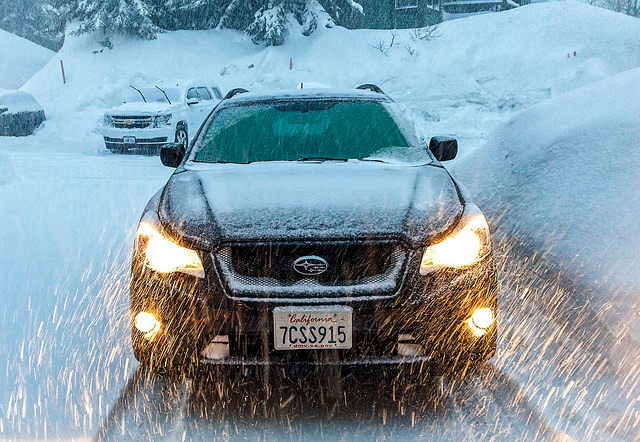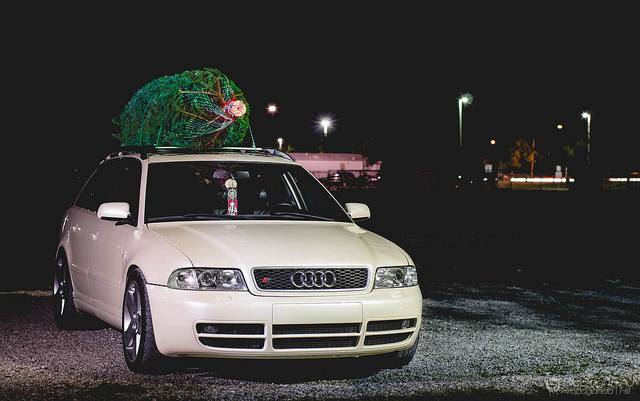The Takata airbag scandal is not new news to readers who follow The Michigan Law Firm, PC blog. For those who are unaware however, in 2015, the National Highway Traffic Safety Administration found that Takata airbags were defective and could explode when deployed during a car accident, or even spontaneously due to wear over time. These exploding airbags have caused serious injuries and even death. The Detroit Free Press has recently issued a warning to all 2006 Ford Ranger drivers, in relation to defective Takata airbags, urging them to get their vehicles inspected immediately.
The Detroit Free Press also reported that, "inflators, which use ammonium nitrate as a propellant, can explode with too much force, blowing apart a metal canister and spewing shrapnel. The problem touched off the largest string of auto recalls in U.S. history and forced Takata into bankruptcy and more than 180 people have been injured." In January of 2016, Ford recalled 391,000 Rangers in the U.S. and Canada from 2004 to 2006 to replace the vehicles’ inflators. The recall was announced after the unexpected death of South Carolina resident, 52-year-old Joel Knight in December of 2015. He was driving his 2006 Ranger when his airbag exploded randomly, and not due to a car accident.
In another similar defective airbag incident, Steve Mollohan from Hedgeville, West Virginia died while operating a 2006 Ford Ranger on July 1, 2017 when his airbag exploded. Even after that incident, as of July 28, 2017, only 3.7% of the recalled 2004 to 2006 Rangers in the U.S. had been repaired, according to the NHTSA. Recalls usually have a repair rate of around 75% after 18 months of the recall. Ford has tried everything to reach drivers in this situations and has encouraged drivers of recalled vehicles to get them repaired.
A separate recall was issued in November of 2017, also because of faulty airbags. The NHTSA reported that around 34 million cars are being recalled and 46 million defective airbags could possibly explode and lead to serious injury or death. More airbags are scheduled to be recalled by December of 2019, bringing the total number of recalls to around 60-75 million. Of those recalled, only 43% of the airbags have been repaired. If you currently drive a Acura, Audi, BMW, Cadillac, Chevrolet, Chrysler, Daimler Trucks North America (Sterling Bullet), Daimler Vans USA LLC (Sprinter), Dodge/Ram, Ferrari, Fisker, Ford, GMC, Honda, Infiniti, Jaguar, Jeep, Land Rover, Lexus, Lincoln, Mazda, McLaren, Mercedes Benz, Mercury, Mitsubishi, Nissan, Pontiac, Saab, Saturn, Scion , Subaru, Tesla, Toyota, or Volkswagen, use the Recalls Lookup Tool to see if your car has been recalled. Ford has also said that loaner cars will be available to those who need them and repairs will be completed free of charge.
There are many cars out there that have been recalled, but not yet repaired. Drivers shouldn't hesitate in getting their cars fixed. It's better to be safe, than sorry and risk getting into a car accident or other type of dangerous situation.
Every year many companies issue recalls to improve equipment or to implement safety measures. Ignoring recalls may lead to injuries, for example in the event that a vehicle's problem leads to motor vehicle accident. If you or someone you know has been involved in a motor vehicle accident, call The Michigan Law Firm, PC at 844.4MI.FIRM, for a free consultation.












































